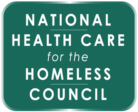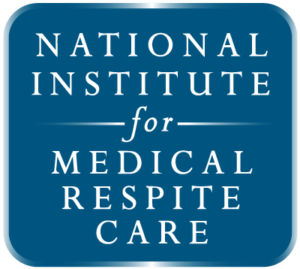Healing Hands: Integrated, Interdisciplinary Models of Care
Integrated, interdisciplinary care is essential to address the multiple and complex health problems that are endemic to a significant por- tion of the homeless population. Navigating fragmented systems of care is often impossible for homeless people, particularly those who are ill. Federally funded Health Care for the Homeless projects were created to provide the coordinated, […]
Healing Hands: Integrated, Interdisciplinary Models of Care Read More >>

